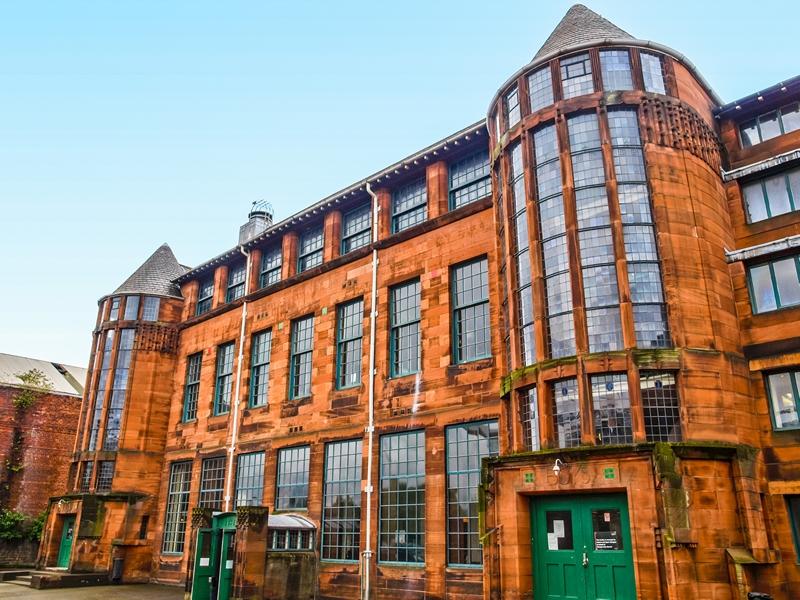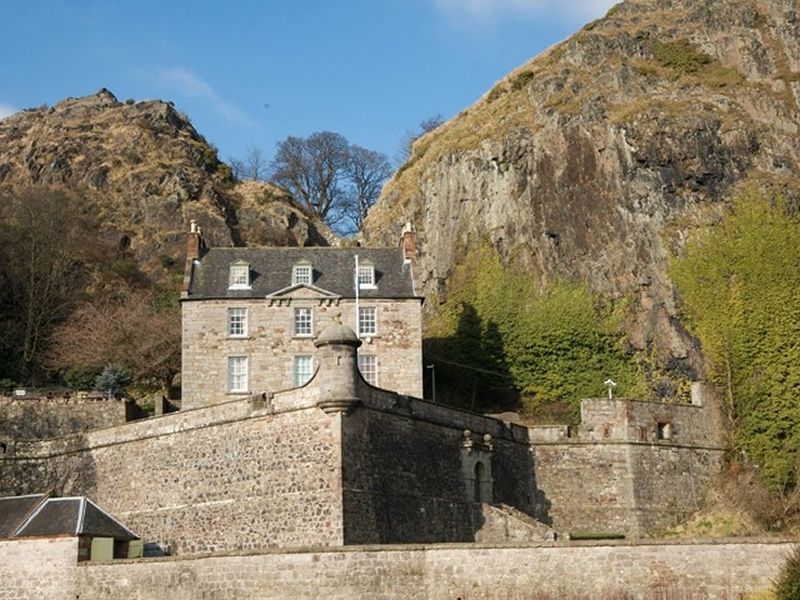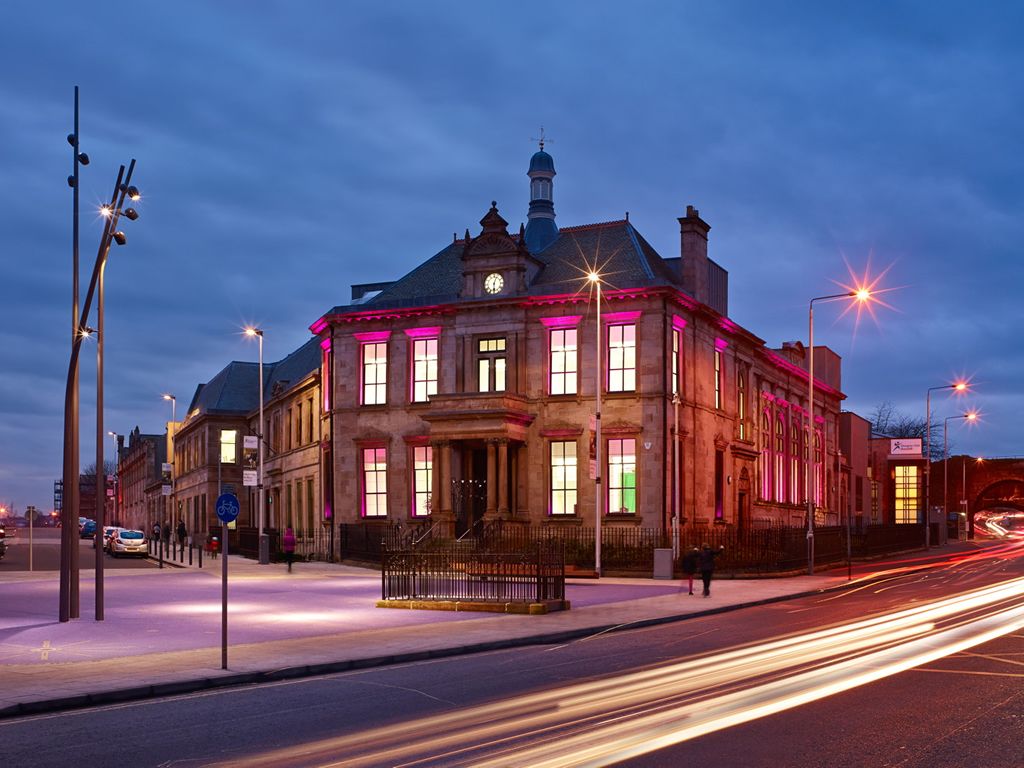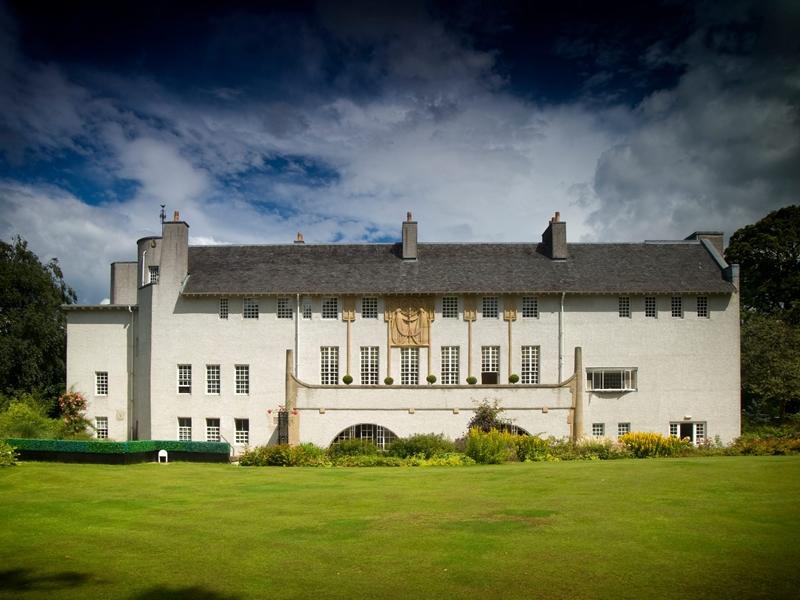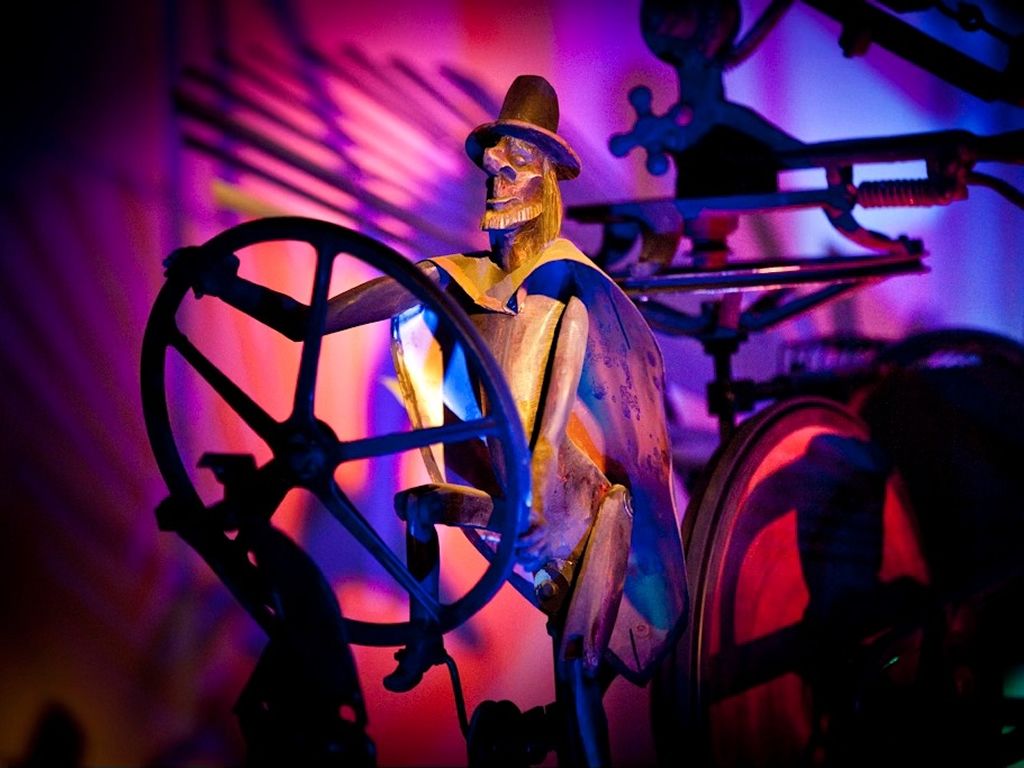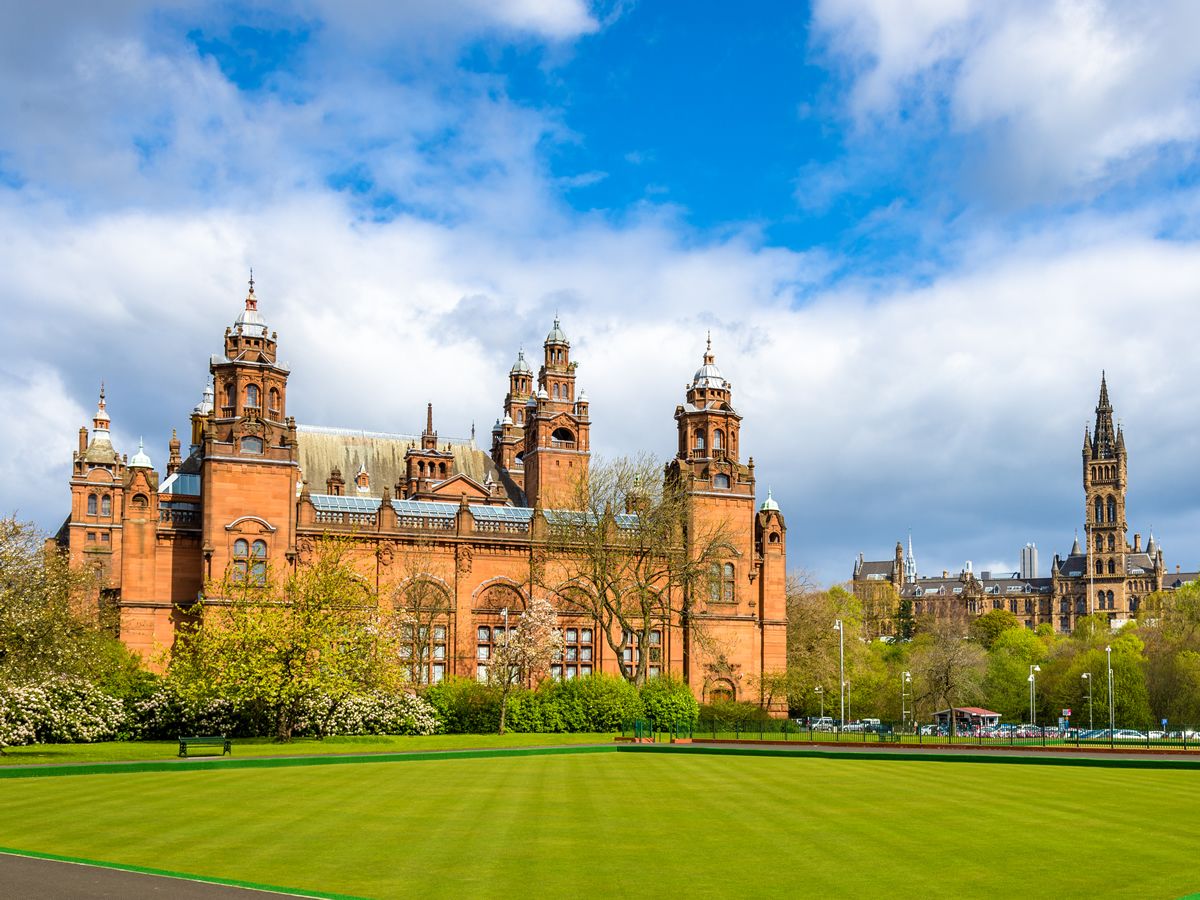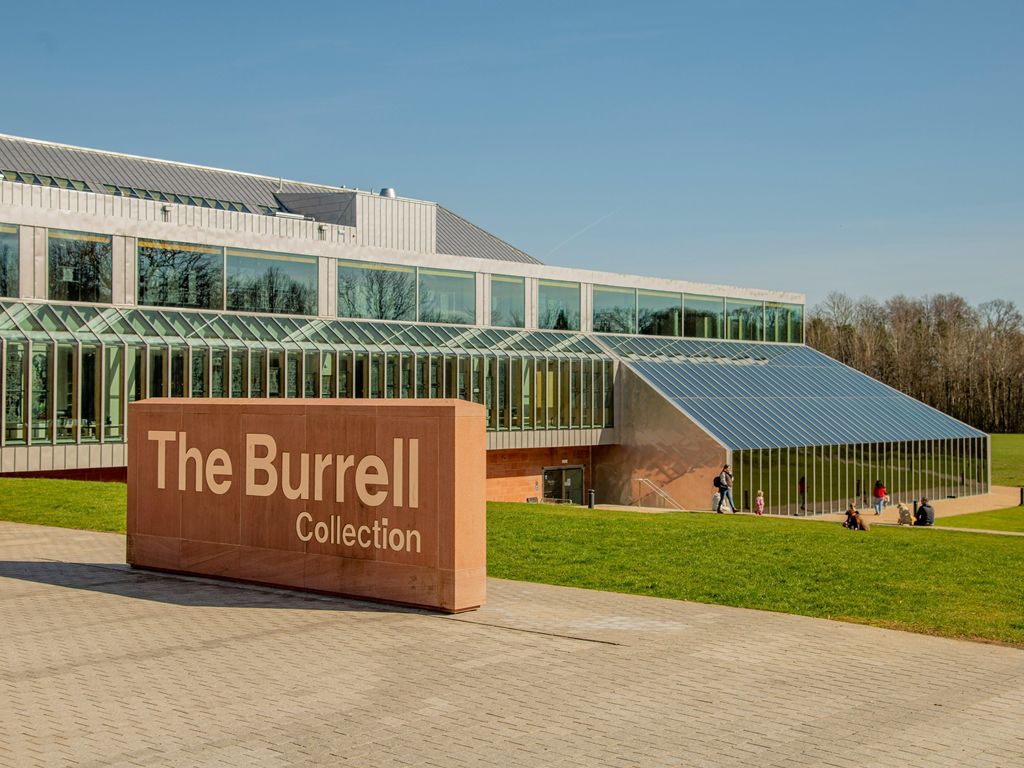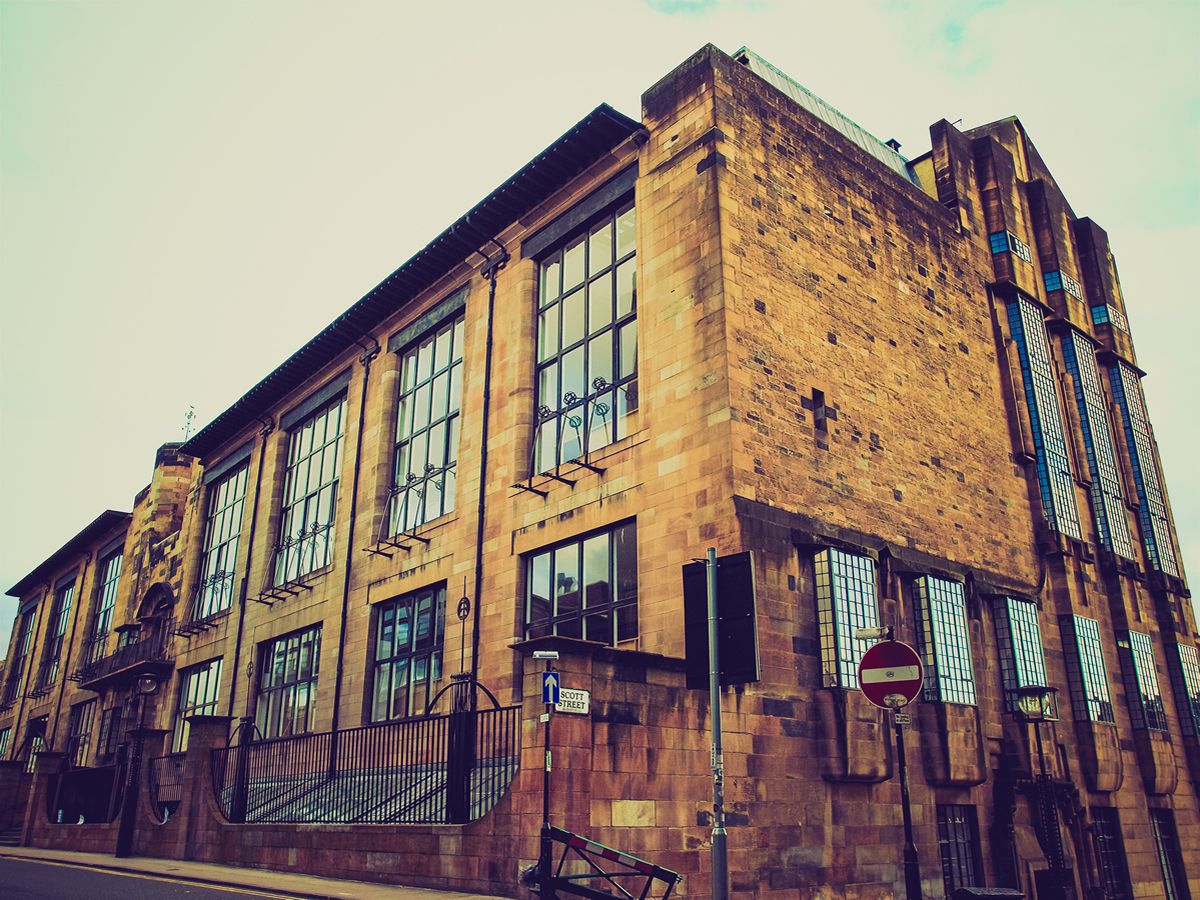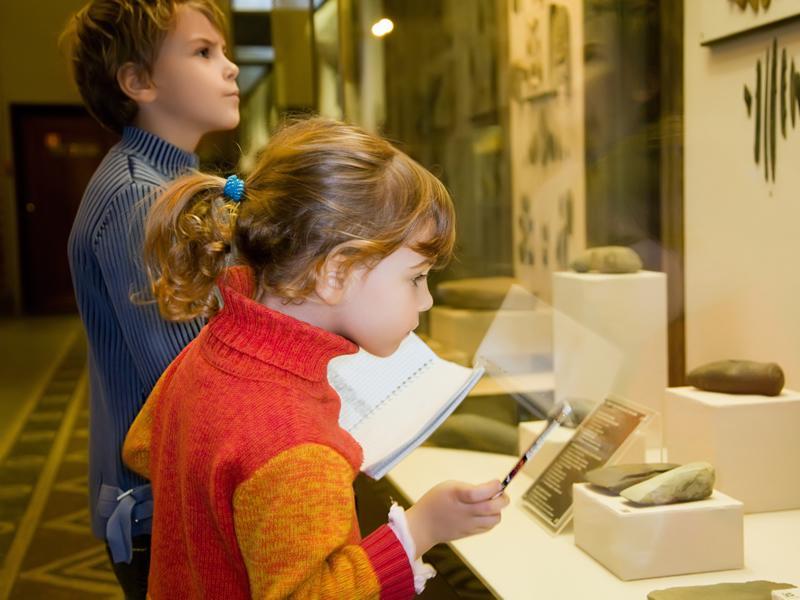Scottish Football Museum
See more than 2500 exhibits in 14 galleries, walk amongst Scotland's footballing legends in the Hall Of Fame and take the Stadium tour at the Scottish Football Museum!

About Scottish Football Museum
| Scottish Football Museum & Hampden Stadium Tour Hampden Park, Glasgow South Side G42 9BA | |
| 01416206139 | |
| Scottish Football Museum Website | |
| Facebook information can be found here | |
The Museum
The Scottish Football Museum exists to promote the unique football heritage of Scotland, to build and maintain a national football collection, and to educate and inspire future generations.
As one of Glasgow’s Leading Attractions, the Scottish Football Museum is an ideal day out for families, avid football fans and novices eager to gain knowledge of Scottish football. With over 2500 objects on display, the museum is home to the world’s most impressive national collection of football related objects, memorabilia and ephemera.
The fourteen galleries take you through the development of the modern game in Scotland, from the nineteenth century to the present day. Visitors get the chance to see some of football’s most exciting and unique objects, including the world’s oldest national trophy, the Scottish Cup.
The Stadium Tour
On the stadium tour you will experience Hampden Park like the players do on a match day - visit the underground roadway, team changing rooms, and get the chance to strike a ball in the Hampden Hotshots gallery and have the speed of your shot electronically measured! Walk down the tunnel, hear the famous "Hampden Roar" and then follow the footsteps of legends by climbing the stairs to the cup presentation area.
Hall of Fame
The Hall Of Fame is a permanent feature in the Scottish Football Museum to honour the truly great players, managers and officials who have reached the pinnacle of their profession and have made a significant contribution to Scotland’s football reputation through their skill, spirit and determination. There are currently 89 football legends in the Hall of Fame.
All information (whether in text or photographs) is supplied in good faith but should not be relied upon as being a statement of representation or fact.
Upcoming Events at Scottish Football Museum
From Pit To Pitch: A Story Of Coal Seams & Football Dreams
From Pit To Pitch: A Story Of Coal Seams & Football Dreams at the Scottish Football Museum explores the links between mining and football in Scotland.
READ MORERelated Links
Hampden Park
Hampden Park ,
Glasgow South Side G42 9BA
Hampden Park is Scotland's National Stadium and home to Scottish football!
READ MORE
More Museums in Glasgow
Scotland Street School Museum
225 Scotland Street,
Glasgow South Side G5 8QB
Scotland Street School Museum was designed by Charles Rennie Mackintosh and offers a fascinating glimpse into schooldays of the past.
READ MORE
Dumbarton Castle
Dumbarton Castle ,
Dumbarton G82 1JJ
Impressively situated on a volcanic rock overlooking the Firth of Clyde, Dumbarton Castle was an important royal refuge in the Middle Ages.
READ MORE
Maryhill Burgh Halls
10-24 Gairbraid Avenue,
Glasgow West End G20 8YE
Maryhill Burgh Halls is a charity-run space for community, events, local heritage and more, striving to make culture, arts and heritage accessible for all!
READ MORE
House for an Art Lover
Bellahouston Park Dumbreck Road,
Glasgow South Side G41 5BW
Designed by famous Scottish architect Charles Rennie Mackintosh, House for an Art Lover is a truly unique venue and one of Glasgow's architectural gems!
READ MORE
Sharmanka Kinetic Theatre
103 Trongate,
Glasgow City Centre G1 5HD
Sharmanka Kinetic Theatre is one of the most popular and unique attractions in Glasgow, entertaining and enthralling its audiences for over three decades since the original opening in 1989.
READ MORE
Kelvingrove Art Gallery and Museum
Kelvingrove Art Gallery and Museum Argyle Street,
Glasgow West End G3 8AG
Kelvingrove Art Gallery and Museum is one of both Glasgow's and Scotland's most popular free attractions boasting an extensive collection of over 8000 objects displayed across 22 themed galleries!
READ MORE
The Burrell Collection
2060 Pollokshaws Road,
Glasgow South Side G43 1AT
Housed in its purpose-built home surrounded by beautiful parkland, The Burrell Collections is ranked amongst the most significant civic museum collections in the UK!
READ MORE
The Glasgow School of Art
The Glasgow School of Art Renfrew Street,
Glasgow City Centre G3 6RF
Mackintosh's 'masterwork' The Glasgow School of Art, built 1897-1909, bookends his architectural career.
READ MORE
Auld Kirk Museum
Auld Kirk Museum Cowgate,
Kirkintilloch G66 1HN
Auld Kirk Musuem houses a rich collection of objects of local, national and international significance, interpreted in an innovative, exciting and educational way for visitors of all ages!
READ MORE
Rangers Museum
100 Edmiston Drive,
Glasgow South Side G51 2YX
Celebrate the extensive history of Rangers Football Club over the last 151 years, with a visit to the state-of-the-art Rangers Museum!
READ MORE
Clydebank Heritage Centre
Clydebank Heritage Centre Dumbarton Road,
Clydebank G81 1XH
Clydebank Heritage Centre is home to a unique collection of information on the history and culture of Clydebank and surrounding area including the villages of Duntocher, Hardgate and Old Kilpatrick.
READ MORE
Riverside Museum
100 Pointhouse Place,
Glasgow West End G3 8RS
Visit the Riverside Museum for FREE and experience the wonder of Glasgow's industrial heritage in this striking building designed by internationally renowned architect Zaha Hadid.
READ MORE
All Museums listings in Glasgow
Hampden Park
Hampden Park is Scotland's National Stadium and home to Scottish football!
READ MOREScotland Street School Museum
Scotland Street School Museum was designed by Charles Rennie Mackintosh and offers a fascinating glimpse into schooldays of the past.
READ MOREDumbarton Castle
Impressively situated on a volcanic rock overlooking the Firth of Clyde, Dumbarton Castle was an important royal refuge in the Middle Ages.
READ MOREMaryhill Burgh Halls
Maryhill Burgh Halls is a charity-run space for community, events, local heritage and more, striving to make culture, arts and heritage accessible for all!
READ MOREHouse for an Art Lover
Designed by famous Scottish architect Charles Rennie Mackintosh, House for an Art Lover is a truly unique venue and one of Glasgow's architectural gems!
READ MORESharmanka Kinetic Theatre
Sharmanka Kinetic Theatre is one of the most popular and unique attractions in Glasgow, entertaining and enthralling its audiences for over three decades since the original opening in 1989.
READ MOREKelvingrove Art Gallery and Museum
Kelvingrove Art Gallery and Museum is one of both Glasgow's and Scotland's most popular free attractions boasting an extensive collection of over 8000 objects displayed across 22 themed galleries!
READ MOREThe Burrell Collection
Housed in its purpose-built home surrounded by beautiful parkland, The Burrell Collections is ranked amongst the most significant civic museum collections in the UK!
READ MOREThe Glasgow School of Art
Mackintosh's 'masterwork' The Glasgow School of Art, built 1897-1909, bookends his architectural career.
READ MOREAuld Kirk Museum
Auld Kirk Musuem houses a rich collection of objects of local, national and international significance, interpreted in an innovative, exciting and educational way for visitors of all ages!
READ MORERangers Museum
Celebrate the extensive history of Rangers Football Club over the last 151 years, with a visit to the state-of-the-art Rangers Museum!
READ MOREClydebank Heritage Centre
Clydebank Heritage Centre is home to a unique collection of information on the history and culture of Clydebank and surrounding area including the villages of Duntocher, Hardgate and Old Kilpatrick.
READ MORERiverside Museum
Visit the Riverside Museum for FREE and experience the wonder of Glasgow's industrial heritage in this striking building designed by internationally renowned architect Zaha Hadid.
READ MORE

